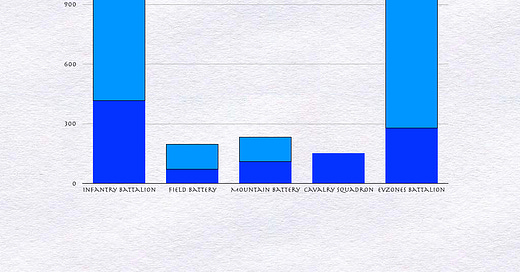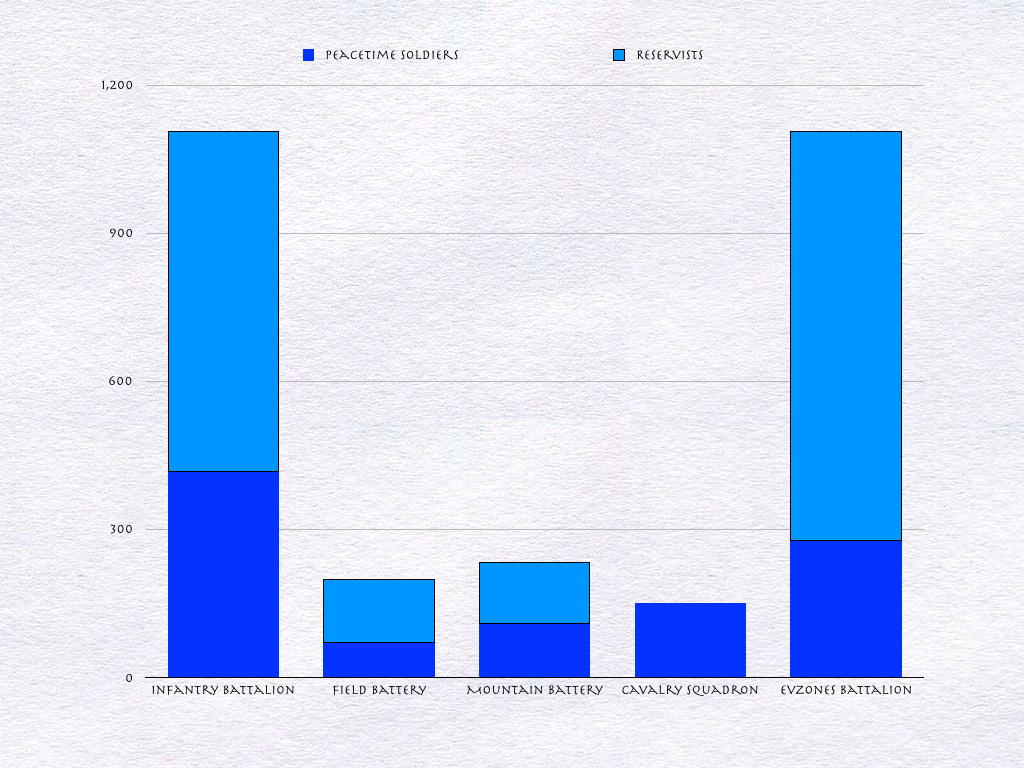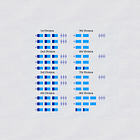Like most European armies of its time, the Greek Army of 1912 borrowed much from the “school of the nation” system pioneered by the Prussian Army. Thus, the peacetime army consisted of a relatively small number of professionals and the conscripts they were training.
After two years of active service, the conscripts returned to their homes as trained reservists. In case of mobilization, these reservists returned to the barracks, where, together with the professionals and the conscripts still on active duty, they joined units of the wartime army.
Obliged to serve until they reached the age of fifty-five, the reservists were organized into four classes. The first of these consisted of young men who had completed their term of active service within the past ten years. The second class was made up of men, most of whom were in their thirties, who had been in the reserve for somewhere between ten and nineteen years.
Men of the third class, which was also known as the Territorial Army, could be as young as forty-one or as old as forty-seven. Those of the fourth class, also called the Reserve of the Territorial Army, ranged in age from forty-seven to fifty-four.
As a general rule, the relatively young reservists were supposed to serve with the field army and the older men with units that did much less marching. That said, there were no hard-and-fast rules preventing the placement of an older man in a unit of the field army. Thus, if a unit of the active army could not find enough reservists of the first class to fill its ranks, it incorporated men of the second class.
The way in which units of the Greek Army mobilized varied from one arm to the next. When placed on a wartime footing, infantry battalions, field batteries, and mountain batteries expanded by a factor of three. Cavalry squadrons, which were kept on a wartime footing at all times, did not expand at all.
Each battalion of Evzones, the elite light infantry patterned on the chasseurs à pied of the French Army, mobilized by forming two wartime battalions. A quarter of the men of these mobilized units, which were designed to resemble each other in all respects, had been in uniform before the start of the war. The rest were reservists.
Source: “Das Heerwesen Griechenlands” Löbell’s Jahresberichte, 1913, pages 82-89
For Further Reading:







